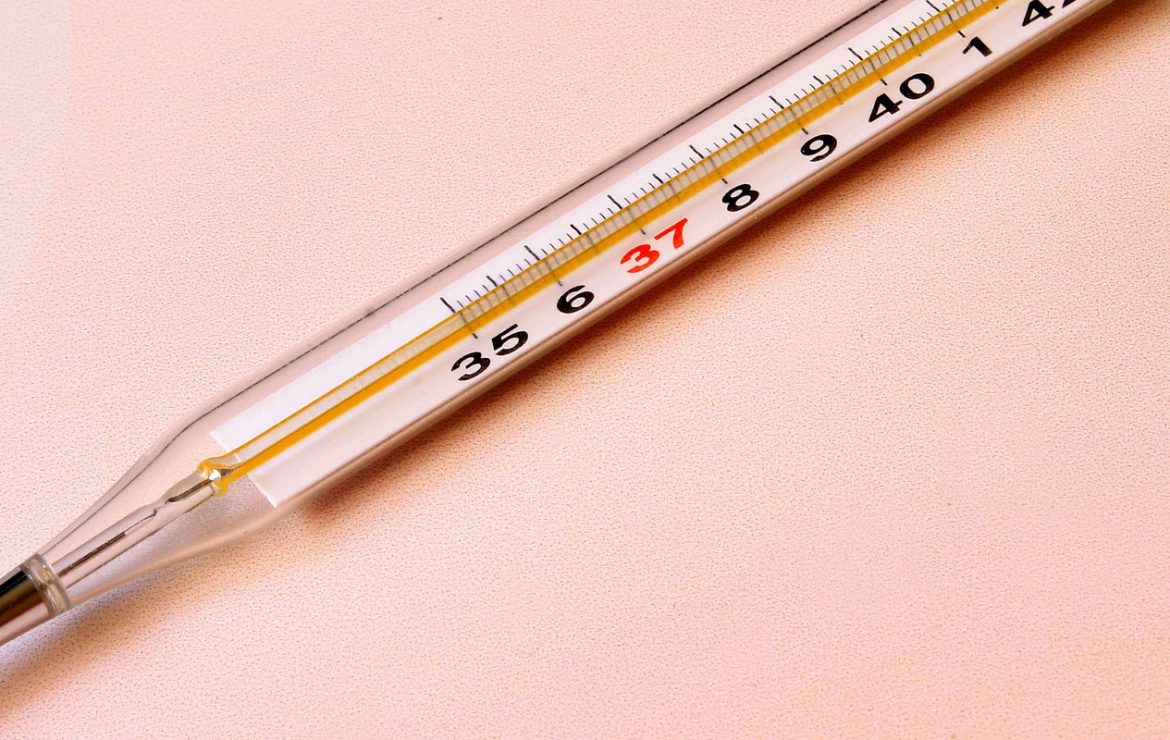
When to Use a Temperature Logger and How Does it Work?
With the rapid development in the field of technology, our lives have become much easier. Work that used to take a lot of dedication, time, and effort can now be done much more quickly and conveniently. This applies to data collection, too.
Data logging is the process of collecting a large amount of data over a certain period of time. In the past, this task used to be conducted by humans. It was difficult and laborious work. The person recording the data had to remain attentive for hours at a time. Now, science has developed devices that have made this process very easy.
There are many types of data loggers, such as those that record humidity, air pressure, and light. We, however, specialize in temperature data loggers. As the name suggests, they record temperatures.
How do temperature data loggers work?
These devices usually use a thermistor or thermocouple that reads the temperature. They have sufficient internal memory in which the logs are stored. One particular kind can store up to 16,000 temperatures. Some of these devices have as low as ±0.5 C error. This means that they are highly accurate. If humans did the work that these data loggers do, there would be many inaccuracies in the data. Therefore, accuracy is a major advantage of using temperature loggers.
Some data loggers have display screens. You can view your recorded data there and then. The data is digitally displayed. Others are slightly more advanced. They come equipped with software that is compatible with computers or smartphones. You can plug these temperature data loggers via USB or a data cable. Once you plug your device in, just run the software and set it up. You can then view data on it, analyze it, and make graphs and predictions too.
What are temperature loggers used for?
There are several uses for temperature data loggers. One of them is in transportation. When large shipments are being transported, these data loggers are placed inside containers or refrigerators. They are useful for monitoring temperatures of items that are sensitive to temperature. Some of these items are pharmaceuticals and food. The temperatures are recorded throughout the entire journey. If it is found that the deliverables were exposed to undesirable temperatures, appropriate action is taken. The owners could discard the products or set a new date of expiry. It usually depends on the severity of the violation.
Another very important use of temperature loggers is recording temperatures in remote areas. Sometimes, scientists need to conduct research on locations that have extreme weather conditions. It is very hard for a living being to survive in such climates. In these cases, data loggers can be placed on site. They are designed to withstand extreme weather. Once they have finished logging, they can be retrieved.
Sometimes these temperature loggers are also used for simpler data collection, such as in laboratories. Stand-alone temperature recordings can easily be carried out using them. Also, some of them have a combination of sensors. So they are capable of recording other factors, such as humidity and pressure, along with temperatures.
There are several factors that might help decide which type of temperature data loggers would be best for you. Some of these are cost, accuracy, and resistance to water. But you have nothing to worry about. We have a large collection of data loggers. One of them will surely fit your needs.

